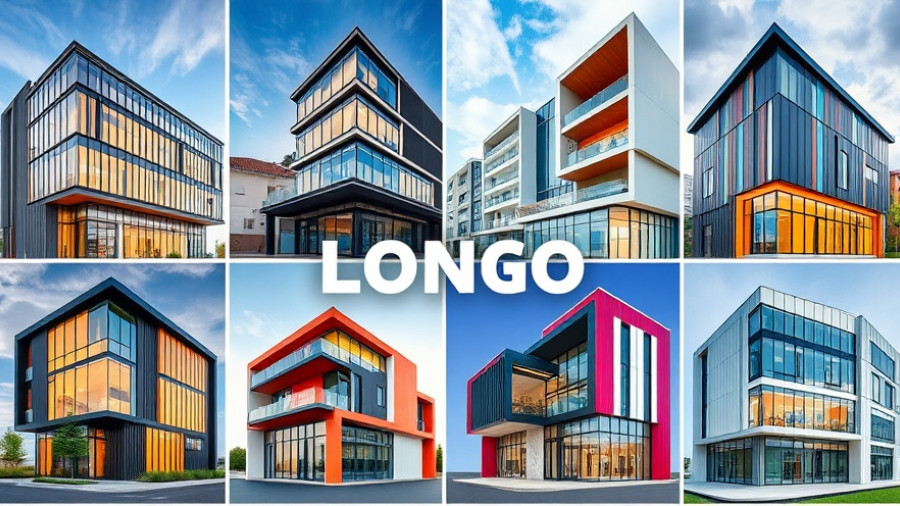
Understanding Regulation, Free Markets, and Occupational Health and Safety
As businesses grow and evolve, the balance between regulation and free market principles becomes crucial, particularly in sectors like construction and development. Understanding how these elements interact can empower business owners and property developers to navigate the complexities of occupational health and safety (OHS) without compromising their operational effectiveness.
The Necessity of Regulations for Business Success
Regulations are often perceived as hindrances to business flexibility; however, they serve a fundamental role in protecting employees and ensuring a safe working environment. A robust regulatory framework can lead to healthier workplaces, which in turn enhances productivity. By adhering to OHS standards, businesses not only safeguard their workforce but also foster a culture of safety that can appeal to socially conscious clients.
Embracing Free Market Opportunities
While regulations are important, the free market provides opportunities for innovative approaches to OHS. For example, companies can invest in state-of-the-art safety technologies that enhance employee protection, which can also be a marketing point for attracting health-conscious clients. Embracing this coexistence of regulation and free market creativity can provide a competitive edge in the industry.
Real-life Examples and Case Studies
Consider a construction firm that integrated advanced safety protocols and technology into their operations. By doing this, they not only complied with OHS regulations but also reduced workplace accidents significantly. The firm experienced lower insurance costs while being able to promote their commitment to safety and employee well-being, attracting more clients who prioritize health and safety in their project selections.
Future Trends in Regulation and Safety Practices
As we look to the future, the relationship between regulation and free market dynamics is likely to evolve. With advancements in technology, such as artificial intelligence and big data analytics, organizations can better predict safety violations or potential hazards, allowing them to proactively adjust their practices. Moreover, an increased emphasis on sustainability within construction will intertwine with OHS regulations, shaping future industry standards.
Concluding Thoughts on OHS Value
In the end, understanding the interplay between regulation and free markets in OHS is vital for business owners and property developers. By recognizing this symbiosis, they can make informed decisions that enhance safety while also embracing innovation. Remember, a comprehensive approach to health and safety not only complies with regulations but can also significantly elevate a company's reputation and operational success.
 Add Row
Add Row  Add
Add 




Write A Comment